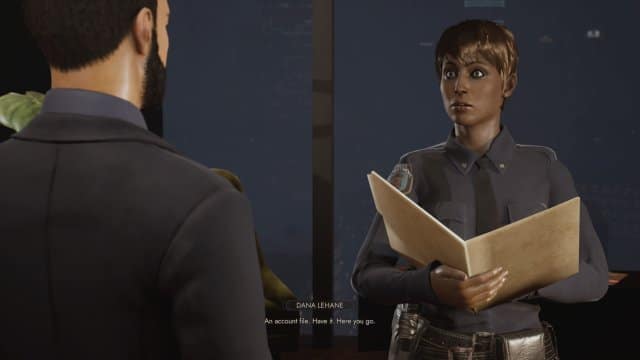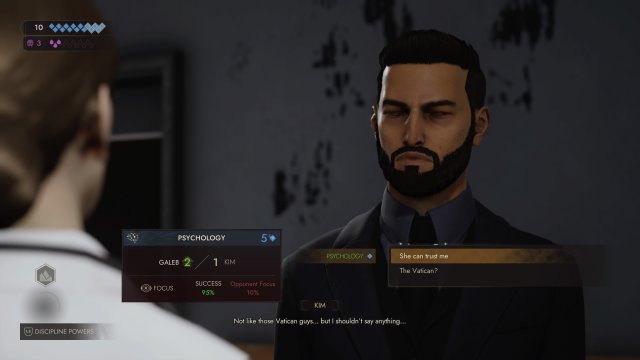Vampire: The Masquerade – Swansong – Test, RPG

The alarm before the alarm
As soon as the game starts for the first time, the player’s eyebrows rise: instead of a chic intro, the current situation is briefly outlined against a spongy backdrop of nocturnal Boston: As most of you should already be aware, the universe of vampires: The Masquerade is bustling with people the bloodsuckers in 2019 lively among mortals, always careful to maintain the masking of their own being and actions. There are countless different clans and types of bloodsuckers: from the aristocratic but totally psychotic Malkavian to the ugly but rule-abiding and powerful Nosferatu, each clan has its own place and rule over a specific territory. In Swansong you get to deal with the Camarilla, a coalition of several factions hiding in Boston, and their acute problems. Also, a strict caste system ensures that every Longfang knows where his place is, at the top of the ladder is Prince Iversen – who invites his three most important retainers to an urgent audience.
Where am I now, where do I want to go?
First, the player takes control of Emem. The dark-skinned, pretty vampire lady rules many clubs in Boston and enjoys one of the highest trusts of Prince Iversen. Arriving at headquarters, the authorities describe the full extent of the dilemma: A red alert has been called! Because an important meeting disguised as a party ends in a bloodbath – and in this case, for once, that has nothing to do with teeth digging into any main arteries. After the prince has explained the situation in detail, Emem has some detective research to do in the offices and apartments of the rest of the entourage. When strolling through winding and always the same-looking corridors, the first big problem comes to light that should accompany all future tasks with sad music: Orientation is largely a nightmare incarnate, there is no map of the game environment. So it is with the other two vampires who are entrusted with special tasks by Prince Iversen: Leysha, a vision-ridden fortune teller, and Galeb Bazory, who is disguised as an FBI agent and can move freely among mortals.
The three question marks

If the other person is clearly inferior to you in the conversation, the chances of success increase drastically. But even that can backfire.
After a much too lengthy introduction, the player stumbles over numerous logic gaps and inconsistencies right from the start: Why does Emem keep telling herself in the office that she must not be discovered, but can rummage through drawers and cupboards in front of her colleagues without hesitation? Why is the character reflected everywhere? And why is everything taking so long, even though His Highness is constantly reminding us that every second counts? After all, a few talents may be specified for each character before the first real use. But even that is rather waste, because Emen, Leysha and Galeb already have a talent that differs from each other. Emen can – but only in a few, fixed places – perform long jumps. Galeb can spot things only he can see at the touch of a button, and Leysha can copy clothes or later the entire being of certain people. Of course, all missions are designed for each member of the snappy task force to be able to use the original abilities. So the available talent tree is very similar for all playable characters, but one skill is more than necessary for all three: the type of rhetoric.
Reference-www.4players.de